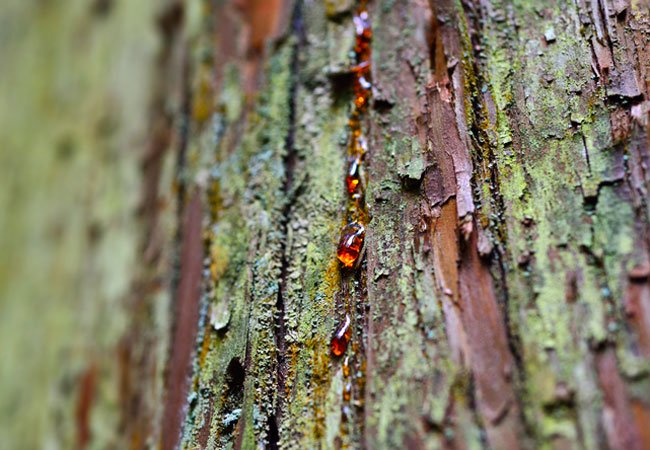

We may earn revenue from the products available on this page and participate in affiliate programs. Learn More ›
The beauty, shade, and privacy offered by trees make them a popular environmental feature for any property. But many varieties, from pine to maple, hide a sweet but sinister cargo behind their majestic exterior: sap.
When the sticky substance drips or drizzles from trees, it can coat more than your skin. Your car exterior, wooden deck, and even the clothing on your back might fall victim to stray splatters. Fortunately, you don’t have to live with the remains of the resin for long. Read on to learn how to remove tree sap from common surfaces in surprisingly simple DIY ways.
How to Get Tree Sap Off Cars
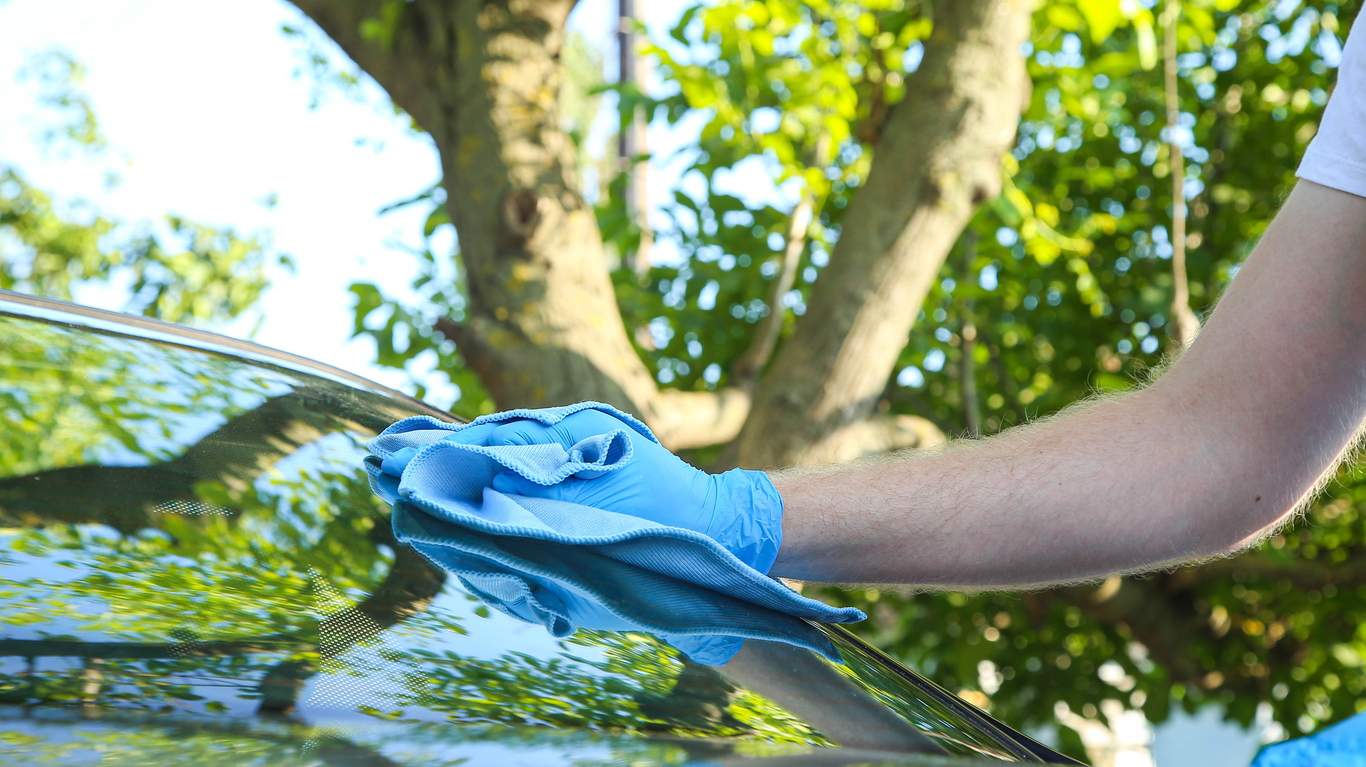
During the summer, the most sought-after parking spot in any lot is usually located under a shady tree. But while the tree’s broad branches will shelter your four-wheeler from the heat, they can also drip sap onto the hood of the vehicle. If left to linger for too long, that sap can eventually erode the car’s clear coat and discolor underlying paint.
When you’re looking for information on how to remove tree sap from a car, the appropriate method will vary based on how much sap is present and how “baked on” and hardened it has become. In some cases, when the sap is still fresh, a simple car-washing may be sufficient.
For more heavy-duty sap removal, you will still want to start with a car wash. This will help remove any sap that is ready to come off. It will also remove other dirt from the car’s surface, making it easier to see any remaining sap that needs to be removed.
After washing your car, follow the steps below to remove any sap that remains:
- Pour a small amount of rubbing alcohol onto a microfiber cloth.
- Hold the cloth over the area with sap for approximately 30 seconds.
- Use some elbow grease to rub the surface of the car with the cloth to remove the tree sap.
- If, after rubbing the sap, some still remains, repeat the steps above. Alternatively, you can also use a plastic razor blade to carefully scrape off the sap. Do not use a metal blade as it may scratch the finish.
How to Remove Tree Sap From Car Windows
Removing tree sap from the windows and windshield of a car is a bit easier, and less nerve-wracking, than removing it from the body of the car. You don’t need to worry about damaging the car’s paint finish when removing sap from glass.
Use the steps below as a guide for how to get sap off car windows:
- Fill a spray bottle with white vinegar. Spray the sap spots to thoroughly wet them.
- Leave the vinegar on the windshield for 5 to 10 minutes.
- Wipe the sap off using a microfiber cloth.
- Use a box cutter blade if needed to carefully scrape off any stubborn spots.
Protecting Your Car From Tree Sap
Rather than worrying about finding a sap remover for cars or using elbow grease to remove caked-on sap, consider taking preventive measures to protect your car. Here are a few different options you can try:
- Wax your car: Waxing a car protects the finish and will make it less likely for tree sap to cause any damage. Additionally, tree sap will be easier to remove from a freshly waxed surface.
- Cover your car: If it is nearly impossible to avoid parking under maple, birch, elm, or other trees that produce a lot of sap, consider using a car cover. The cover will act as a protective barrier and keep the sap from being able to hit the paint.
- Wash your car regularly: Frequent car-washing can help remove sap from your vehicle before it gets caked on and is more likely to damage the paint.
How to Remove Tree Sap from Your Deck
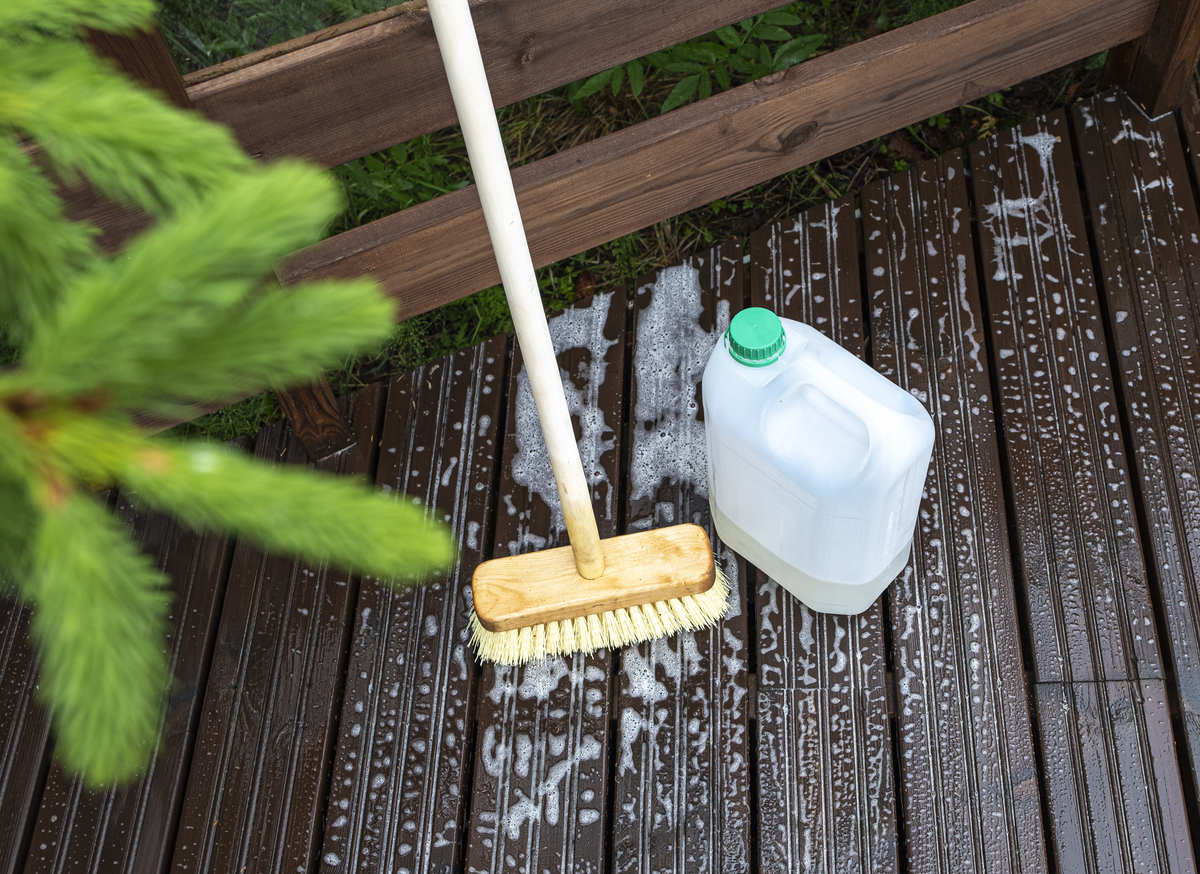
If you feel a light drizzle on your shoulder as you lounge on deck, but there’s no cloud in sight, the culprit might not be rain so much as a shower of sap from an overhanging tree branch. And it is a culprit! Left untreated, the sap can saturate even sealed wooden decking and leave behind unsightly stains once it hardens.
The simple solution for the stubborn mess? Mop with undiluted oil soap, such as this highly rated Murphy Oil Soap available at Amazon, over the affected area of the deck. Let the wood absorb the soap for 10 to 15 minutes, then scrub the sap with a stiff-bristle brush doused in water. Hose down the deck to send the sap out of sight and out of mind for good.
How to Get Tree Sap Out of Clothes
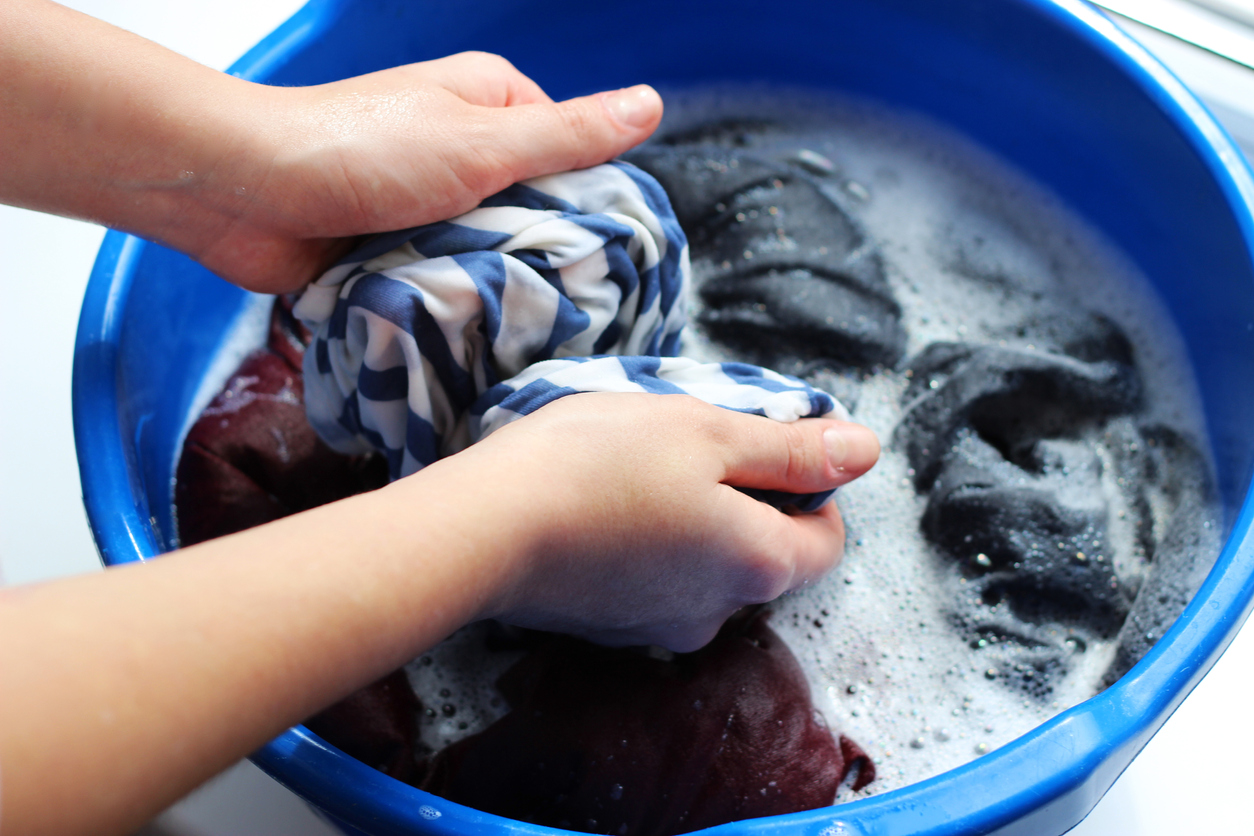
Whether you’re relaxing in a backyard hammock or raking up leaves from your yard’s shadiest trees, a retreat into nature can easily go awry when tree sap sticks to your clothing. However, learning how to remove sap from clothing is as easy as a walk in the park.
- Place the grubby clothing in the freezer for up to 2 hours. If the item is too large for the freezer, cover the sap stain with an ice pack or wax paper topped with ice cubes.
- Once the stain has gone from sticky to frozen solid, wiggle a butter knife beneath it to lift it from the fabric, or use the knife to crack the brittle sap and then scrape it away.
- If any resin remains, pretreat the offending spot with warm water and vinegar and then toss your garments into the washing machine, where ordinary detergent and water will restore your fashions to a like-new condition.
How to Remove Tree Sap From Hair
Getting sticky sap in your hair is not a pleasant experience. However, you shouldn’t panic. When you’re looking for how to remove tree sap from hair, simply reach for the olive oil in your kitchen pantry and follow the steps below:
- Clip back any hair that isn’t sticky to prevent the sap from spreading throughout your hair.
- Apply approximately 1 teaspoon of pure olive oil to the sap-covered hair.
- Rub the oil through your hair and massage it into the scalp if necessary. The olive oil’s texture will help break down the sap to loosen its grip on your hair.
- Rinse out your hair and wash it as normal.
- If any sap remains, repeat the steps above.
How to Get Tree Sap Off Skin
Learning how to remove tree sap from skin can remove the urge to panic when you notice that your hands, arms, or legs feel hopelessly sticky. Fortunately, nail polish remover and hand sanitizer both make a good tree sap remover for skin.
- Rub nail polish remover or an alcohol-based hand sanitizer over the sticky sap on your skin to loosen and remove the sap.
- Wash the skin using soap and water to remove any remaining residue.
- If you don’t have nail polish remover or hand sanitizer available, dish soap or vegetable shortening can also work.
How to Clean Tree Sap Off Concrete
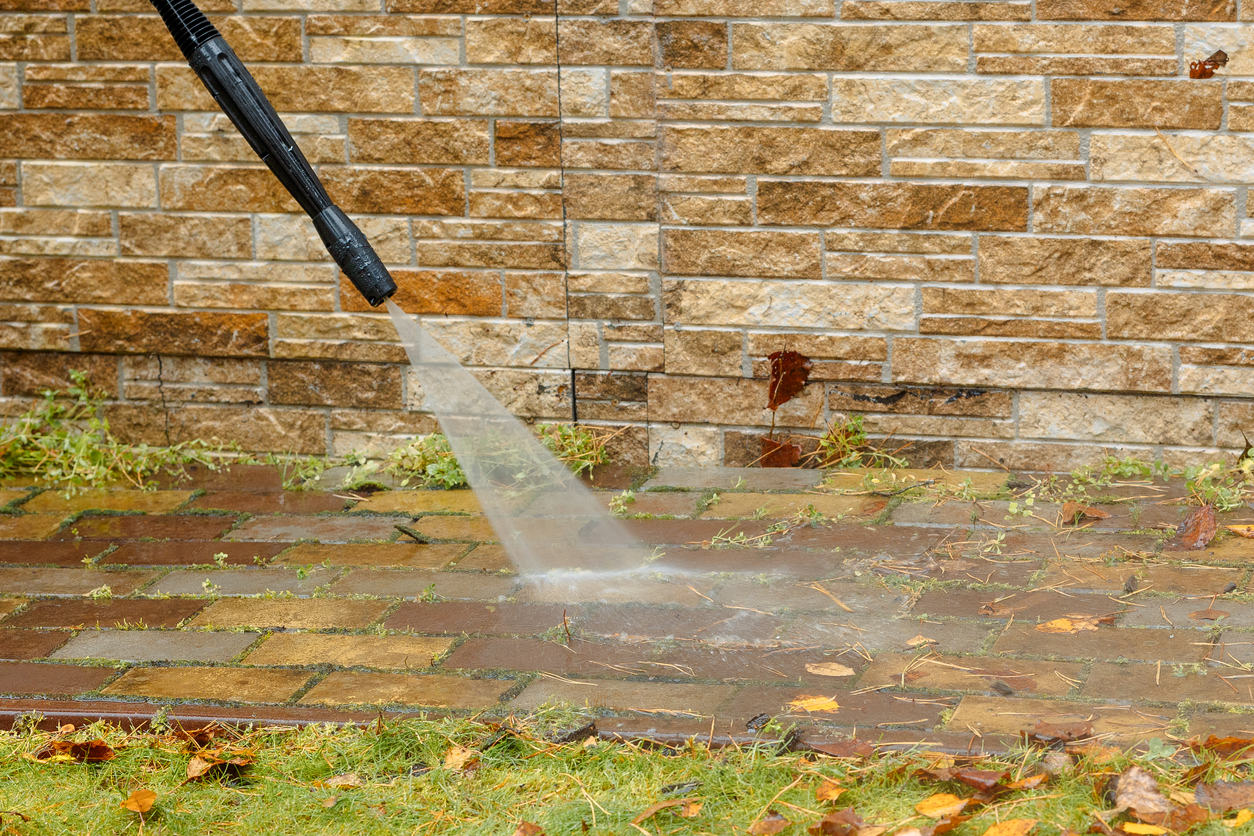
Sap removal from concrete can be a challenge. Due to its porous nature, concrete stains very easily. Additionally, because sap is so sticky, dirt and other debris may cling to it, resulting in additional damage to the concrete surface.
Depending on how much sap is covering the concrete, hiring a professional pressure washing company may be the best solution. If only a small area of the concrete is affected, you can try these steps:
- Dip a cotton ball in acetone-based nail polish remover.
- Rub the cotton ball over the tree sap. When the cotton ball gets dirty, dip a clean one in the nail polish remover and continue rubbing.
- Continue following these steps until much or all of the sap is removed.
- Wash the area using soapy water and rinse it clean with a hose.
Final Thoughts
Short of removing a tree or multiple trees, sap is something that you’ll need to deal with. Fortunately, there are a number of ways to safely remove tree sap from various objects and surfaces. Tree sap is very sticky, and if it is left out in the sun for too long, it will harden and become even more difficult to remove. Whenever possible, act quickly to remove it from surfaces to simplify the task.
FAQ
A. Nail polish removers are formulated with acetone. If acetone remains on a car’s surface for too long and dries, it can damage the paint, which is why many car care experts do not recommend using nail polish remover on car paint. Consider an adhesive remover approved for use on cars.
A. Yes, vinegar can remove tree sap. To use vinegar to remove tree sap, you can spray it on the affected area or wet a cloth with it. Allow the vinegar to sit on the sap for a few minutes, then rub the area to remove the sap. However, you should not use vinegar to remove sap from car paint, since it may damage the finish.
A. A car wash may remove fresh sap from a vehicle. However, if the sap has dried and hardened, a car wash may not be enough to remove it all.
